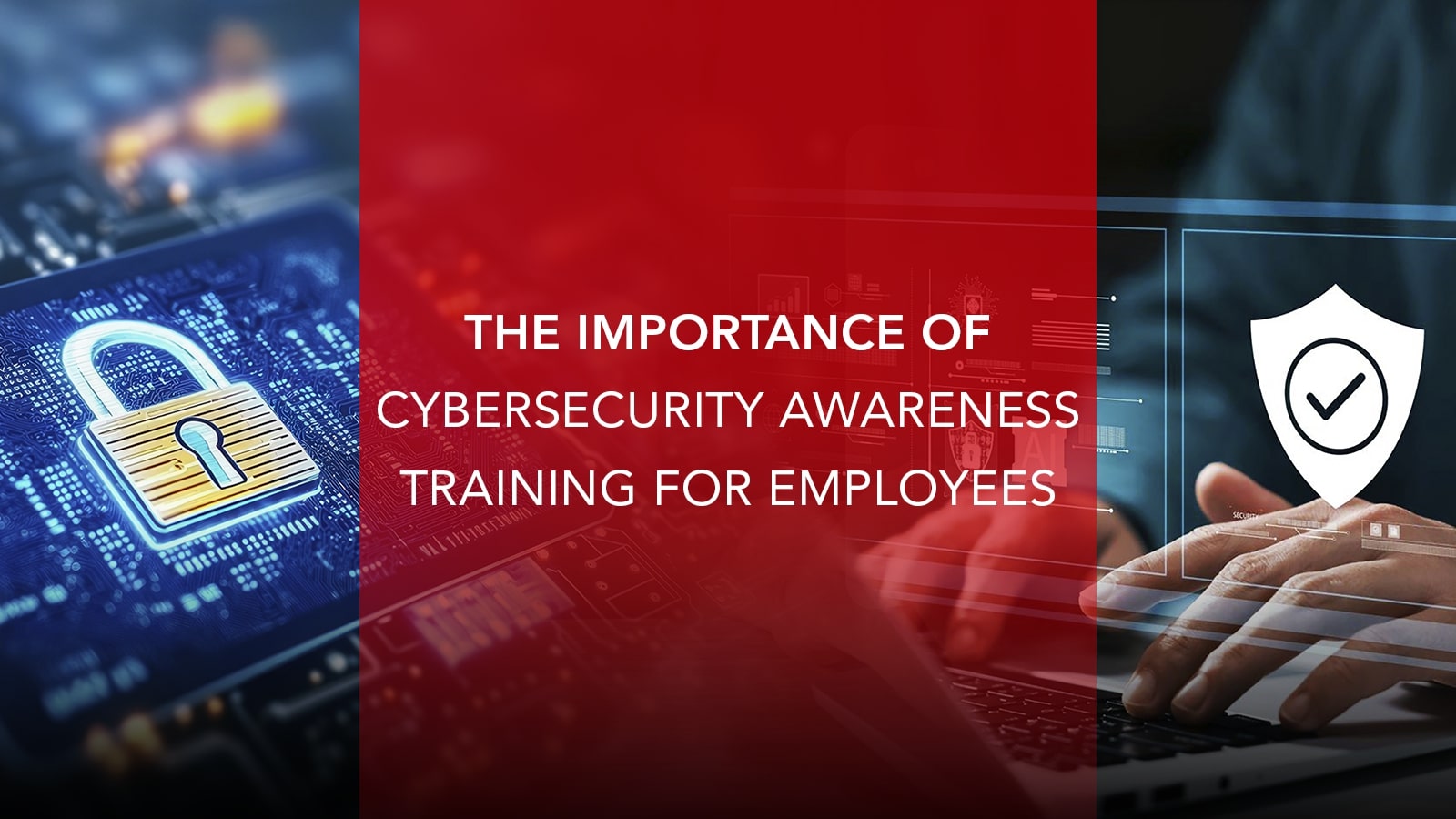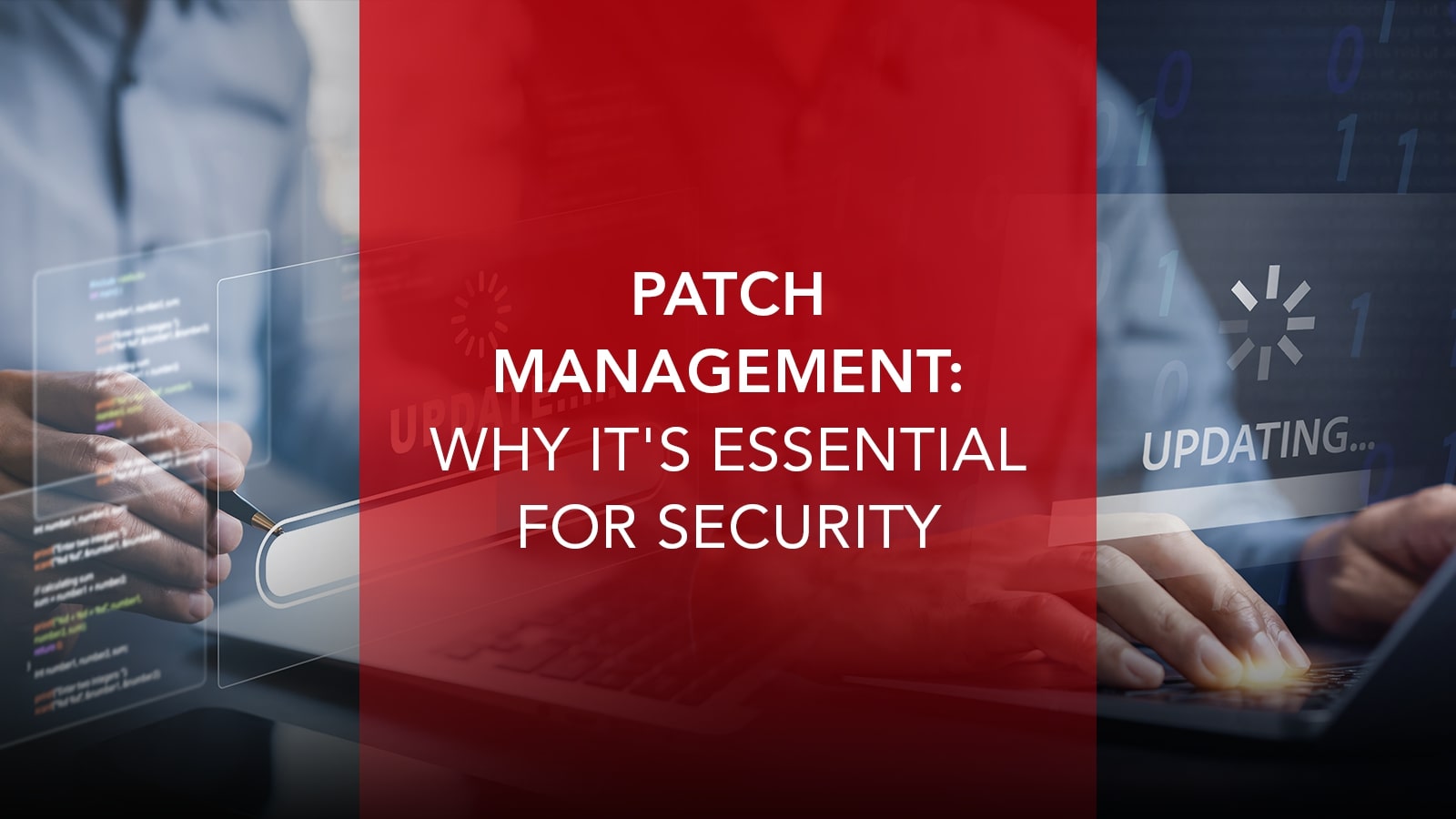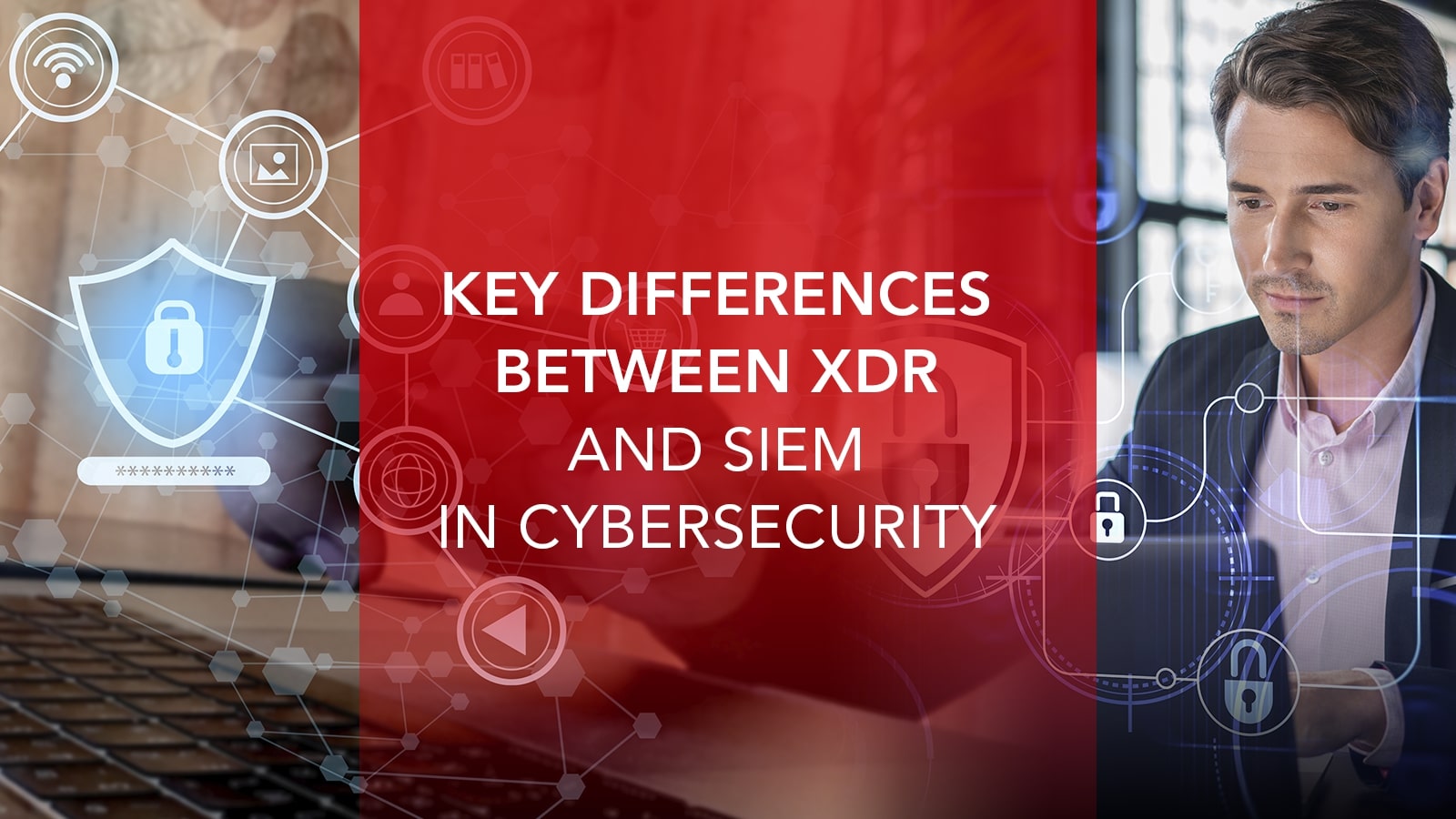Investing in leading edge cybersecurity products is an essential part of protecting our networks in the twenty-first century, but those products only work to their full potential when employees know how to play their part. Security awareness training for employees is just as important as implementing those security solutions in the first place, so it is imperative that your organization has a plan for keeping your sensitive data away from prying eyes.
Since not all organizations have access to specialty workplace security awareness training for their teams, many partner with a trusted cybersecurity firm for help. This article outlines some of the key topics that should be covered in a comprehensive IT security training program. It will also demonstrate the growing risk of cyber threats in the modern workplace and give you the tools to cultivate a security-first culture within your own organization.
Key Topics Covered
Today, we will focus our sights on the things that employees need to learn to stay cyber-aware, as well as the reasons for doing so. Focusing your security awareness training for employees on these key areas will ensure your organization is protected from some of the most common and potentially disruptive types of threats you may face.
Recognizing and Avoiding Phishing Attacks
Phishing is one of the most common and dangerous human error weak points in internet security. Phishing is a type of social engineering attack that’s designed to trick your employees into giving up sensitive information by pretending to be a trusted source. Once passwords, credit card numbers, or system access has been given to our adversaries, there may be no limit to the amount of damage that can be done. If they know some phishing tactic awareness basics, such as how to spot fake emails, links, and attachments, your network security is vastly improved.
Spotting Fake Emails
- Generic Greetings – If the email is addressed to “user”, “customer”, or anything other than your name, beware. Most trustworthy emails will be addressed to you directly.
- Urgency or Threats – Emails enticing you to act urgently may be attempting to get you to act before you’ve had a chance to really think. If you believe an urgent request may be valid, it is always best to contact the entity issuing it directly and not through links or phone numbers within the email.
- Spelling or Grammatical Mistakes – If the email doesn’t have the same accuracy and flow as other professional emails you have received, it may be fake. Approach these emails with caution.
- Unusual Sender Address – When emails originate from an unusual address, it is a good indicator that you should do more research before opening the email and clicking on any links or attachments it contains.
- Too Good to be True – When an email offers you rewards like prizes or money that you weren’t expecting, be careful interacting with it. When an email appears too good to be true, it probably is.
- Unexpected Requests – If an email requests sensitive information like passwords, account numbers, or verification codes, do not respond or click anything. Verify the request through official channels and report the email if you believe it to be a phishing attempt.
Spotting Suspicious Links
Links don’t always take us to the sites they claim to. Clicking on links that take us to malicious sites can be incredibly dangerous, so it’s important to know how to spot these links.
Hovering over the link before clicking it will provide transparency into the true destination email and help you spot red flags like misspelled domains, suspicious or unknown URLs, and mismatches between the visible text and the real link. If you are on a mobile device, you can get this same information by pressing and holding a link to preview the URL. Just make sure not to tap it by accident.
Spotting Dangerous Attachments
Training employees to be cautious of red flags like unexpected files, strange file types, or double extensions can prevent them from opening malicious attachments and keep your network safe, especially when the email containing the attachment originates from someone you do not know. If you have any questions about the safety of an attachment, it is best to forward the email to your security team for review.
Password Security & Access Management
Weak or reused passwords are among the top ways cybercriminals gain unauthorized access to systems. Effective password and access management helps prevent account takeovers, limits lateral movement in case of a breach, and ensures only authorized people have access to your sensitive data.
Using strong, unique passwords and password managers can limit an attacker’s ability to access your data. Additionally, implementing least privilege access policies reduces the risk of accidental data leaks, insider threats, and lateral movement during a cyberattack.
Safe Internet and Email Practices
Staying safe online involves a comprehensive set of safe internet and email best practices. Some important things to train our employees on include:
- Identifying suspicious websites and downloads
- Avoiding public WiFi risks and using VPNs to mask IP addresses, browsing activity, and location
- Secure methods of file sharing and handling of sensitive data
Social Engineering & Insider Threats
Hackers manipulate employees into revealing information through a number of different methods. Keeping your employees on top of social engineering tactics like phishing, vishing, smishing, and impersonation can help prevent unauthorized access to our systems and the sensitive data contained inside.
Additionally, keeping them vigilant of malicious or negligent insiders can prevent insider threats before they represent a serious incident. Focusing on cyber hygiene and security training for remote workers can also help us avoid stolen credentials from being used by outsiders to access our systems.

Business Benefits of Security Awareness Training for Employees
Organizations can benefit greatly from training their teams on proper internet security protocols. Taking this proactive approach directly strengthens your organization’s resilience and may protect you from a costly incident.
Reduces Human Error
Human Error is the #1 threat vector, accounting for over 80% of data breaches. Teaching employees how to spot and stop threats before they can escalate gives you a leg up.
Prevents Costly Cyber Attacks
Avoiding even a single major incident can save your organization millions in losses, downtime, and reputational damage. Well-trained employees act as human firewalls, preventing attacks before they do any real harm.
Boosts Cybersecurity Compliance
Many compliance standards require that organizations conduct regular employee security training. If your organization is bound by one of these standards, investing in cybersecurity awareness training can help your organization avoid fines, audits, or legal issues due to non-compliance, and partnering with an experienced cybersecurity firm like VirtualArmour can ensure all your bases are covered.
Protects Brand Reputation
Data breaches can create serious trust issues in customers, partners, and investors. Conducting ongoing security training for your employees demonstrates a proactive security posture and shows you are serious about protecting data.
Improves Incident Response
Trained employees can confidently recognize and report threats more quickly, allowing your security team to respond more quickly and efficiently. The quicker we respond to incidents, the less damage they can do.
Best Practices for Implementing Cybersecurity Training
There are some key things you can do to make your security awareness training for employees as effective as possible. By following these best practices for implementing cybersecurity training, you put your organization in the best possible posture.
Conduct a Cybersecurity Risk Assessment
The first step is to conduct a cybersecurity risk assessment. Depending on your industry, you may face different types of key threats. This will give you a window into the types of threats you are up against, how well-defended your network is currently, and provide your trainees with the most pertinent information.
Use Engaging and Interactive Training Modules
Gamified learning and real-world simulations offer powerful, hands-on ways to make cybersecurity education more engaging, effective, and sticky. By making sure important security lessons stick, we can create a stronger first line of defense for our employees.
Run Phishing Tests and Simulations
Phishing training for employees should involve testing employees’ responses to fake phishing emails gives them the practice they need to recognize a real threat before it turns into a security incident.
Encourage a Security-First Culture
Rewarding employees for spotting threats is a great way of encouraging a security-first culture. Rewards can reinforce vigilance, normalize reporting, build ownership, and create positive reinforcement for practicing network security awareness.
Provide Ongoing, Updated Training
Ongoing corporate cybersecurity training keeps employees informed on evolving cyber threats and empowers them to act as a strong first line of defense against attacks. It ensures that employees stay current on the latest tactics and techniques used by hackers and makes cyber hygiene best practices second nature to all employees.
How VirtualArmour Can Help with Security Awareness Training
Teaming with an experienced security awareness training provider can help ensure all your bases are covered. VirtualArmour offers a wide array of custom cybersecurity training courses and modules that will give your team the tools it needs to protect your organization from hackers and other bad actors.
- Expert-led training solutions tailored to your business.
- Custom cybersecurity training programs are designed for different industries.
- Phishing simulation services to test and improve employee resilience.
- Remote security awareness training for hybrid and remote teams.
- Staff turnover, hiring challenges, or temporary project needs
Make Security Awareness a Priority in Your Organization
Employees are our first line of defense against cyber threats. Investing in security awareness training for employees reduces risk, encourages a security-first culture, and strengthens the organization’s security posture. But in order to be effective, your employee training program must be approached strategically and continuously, and partnering with VirtualArmour can help ensure you are doing it right.
If you’re ready to start protecting your business today, contact VirtualArmour to learn about how our expert-led cybersecurity training can provide personalized security awareness and training programs that meet your unique needs.






